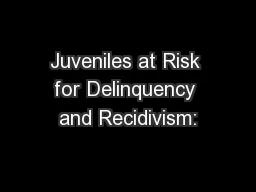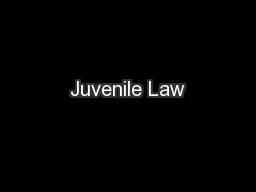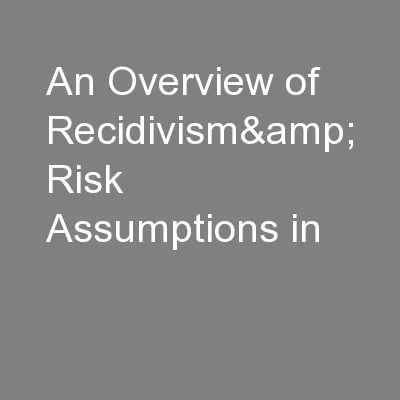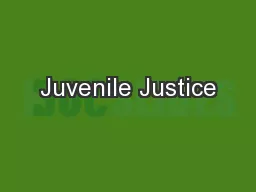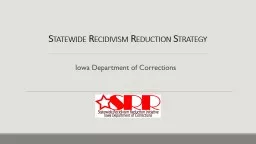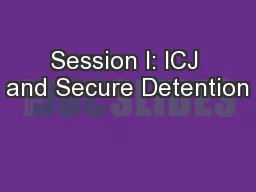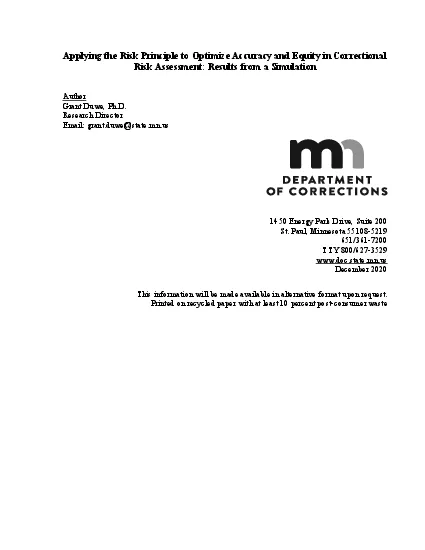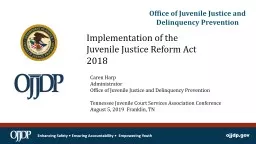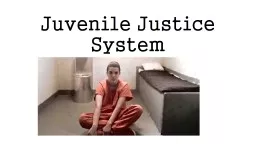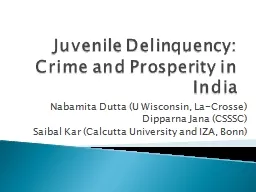PPT-Juveniles at Risk for Delinquency and Recidivism:
Author : briana-ranney | Published Date : 2017-06-06
A Grant Proposal By Lauren Saunders Presented to the School of Social Work California State University Long Beach May 2013 Introduction Juvenile delinquency is
Presentation Embed Code
Download Presentation
Download Presentation The PPT/PDF document "Juveniles at Risk for Delinquency and Re..." is the property of its rightful owner. Permission is granted to download and print the materials on this website for personal, non-commercial use only, and to display it on your personal computer provided you do not modify the materials and that you retain all copyright notices contained in the materials. By downloading content from our website, you accept the terms of this agreement.
Juveniles at Risk for Delinquency and Recidivism:: Transcript
Download Rules Of Document
"Juveniles at Risk for Delinquency and Recidivism:"The content belongs to its owner. You may download and print it for personal use, without modification, and keep all copyright notices. By downloading, you agree to these terms.
Related Documents

